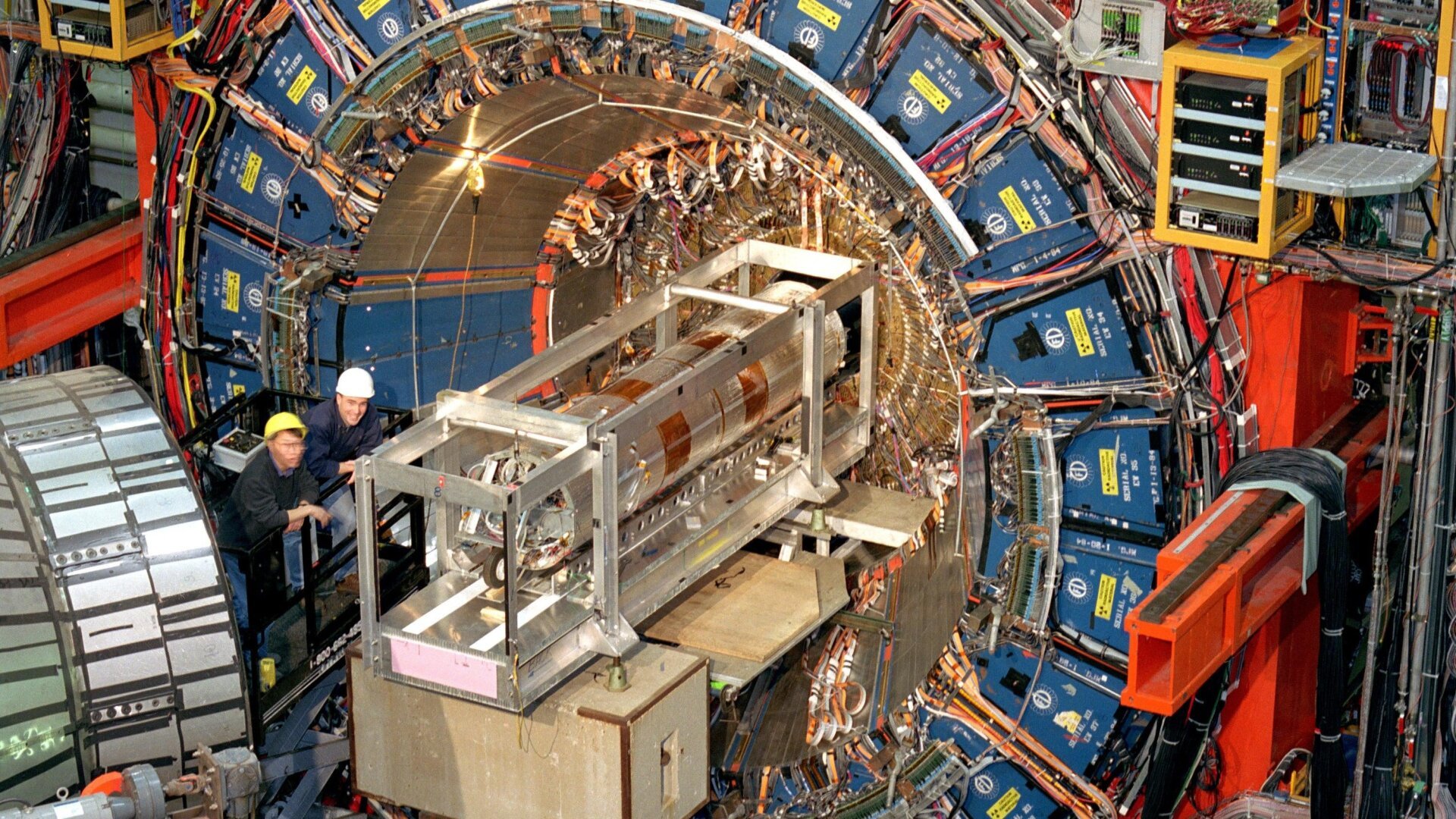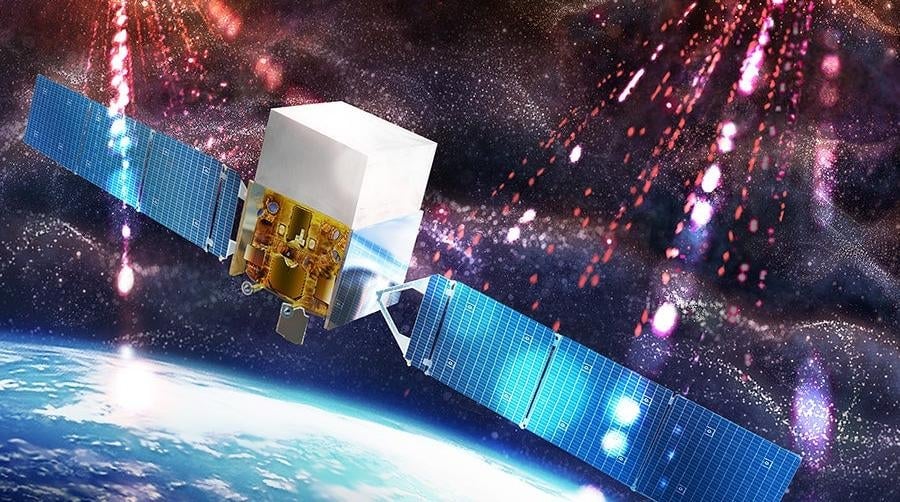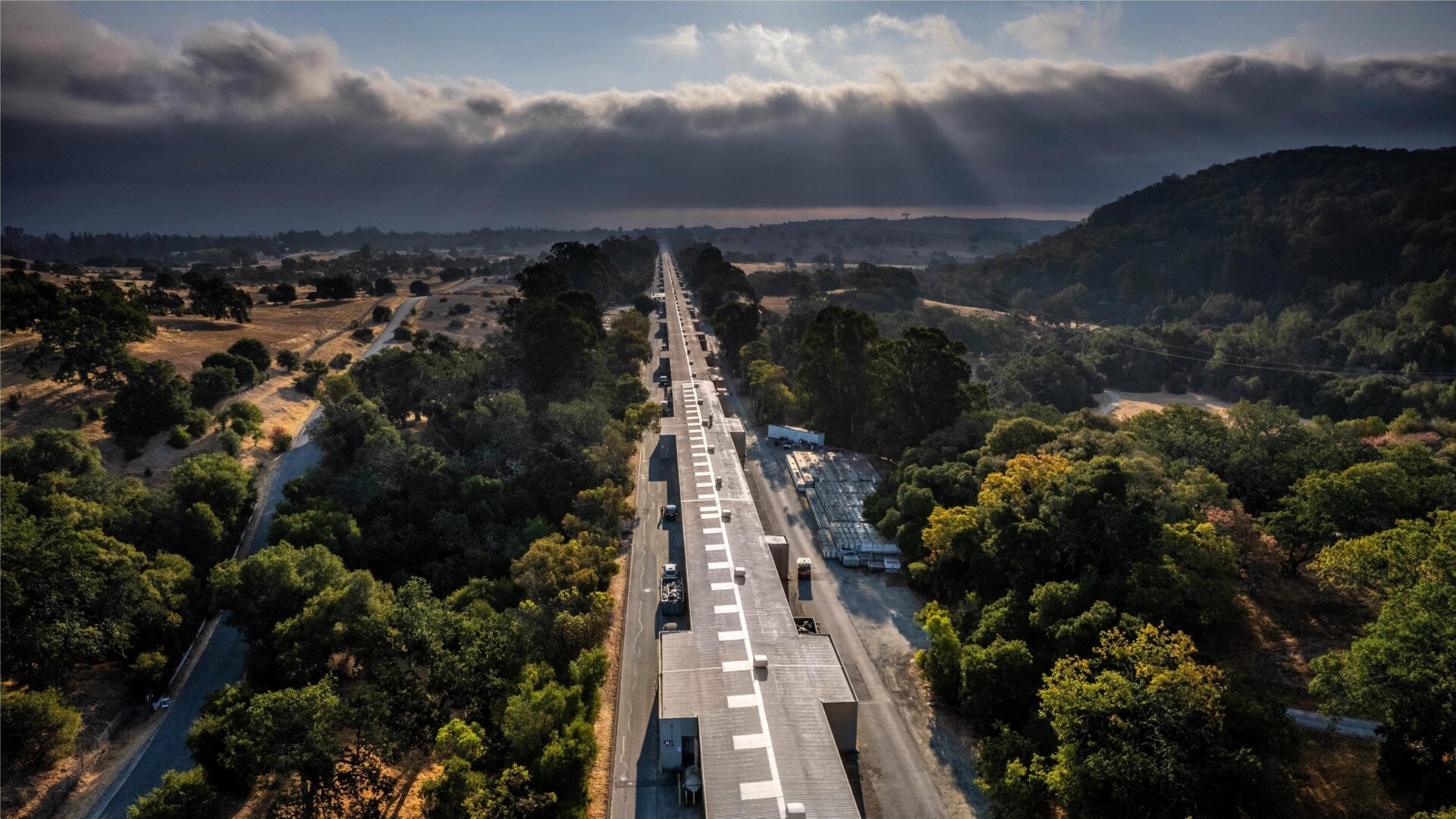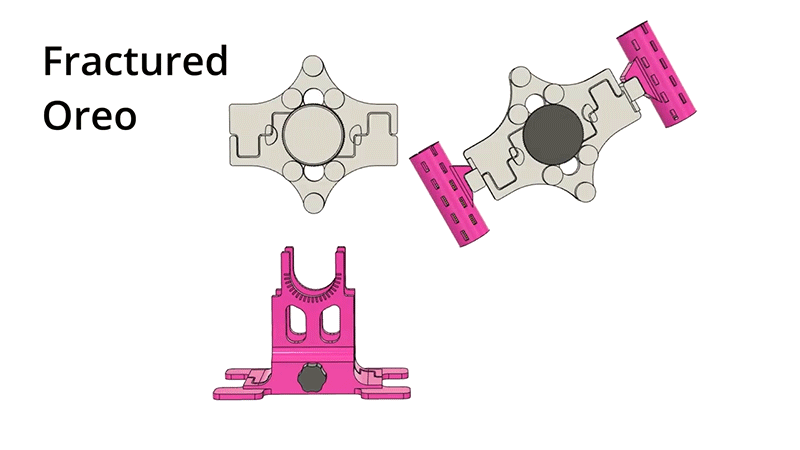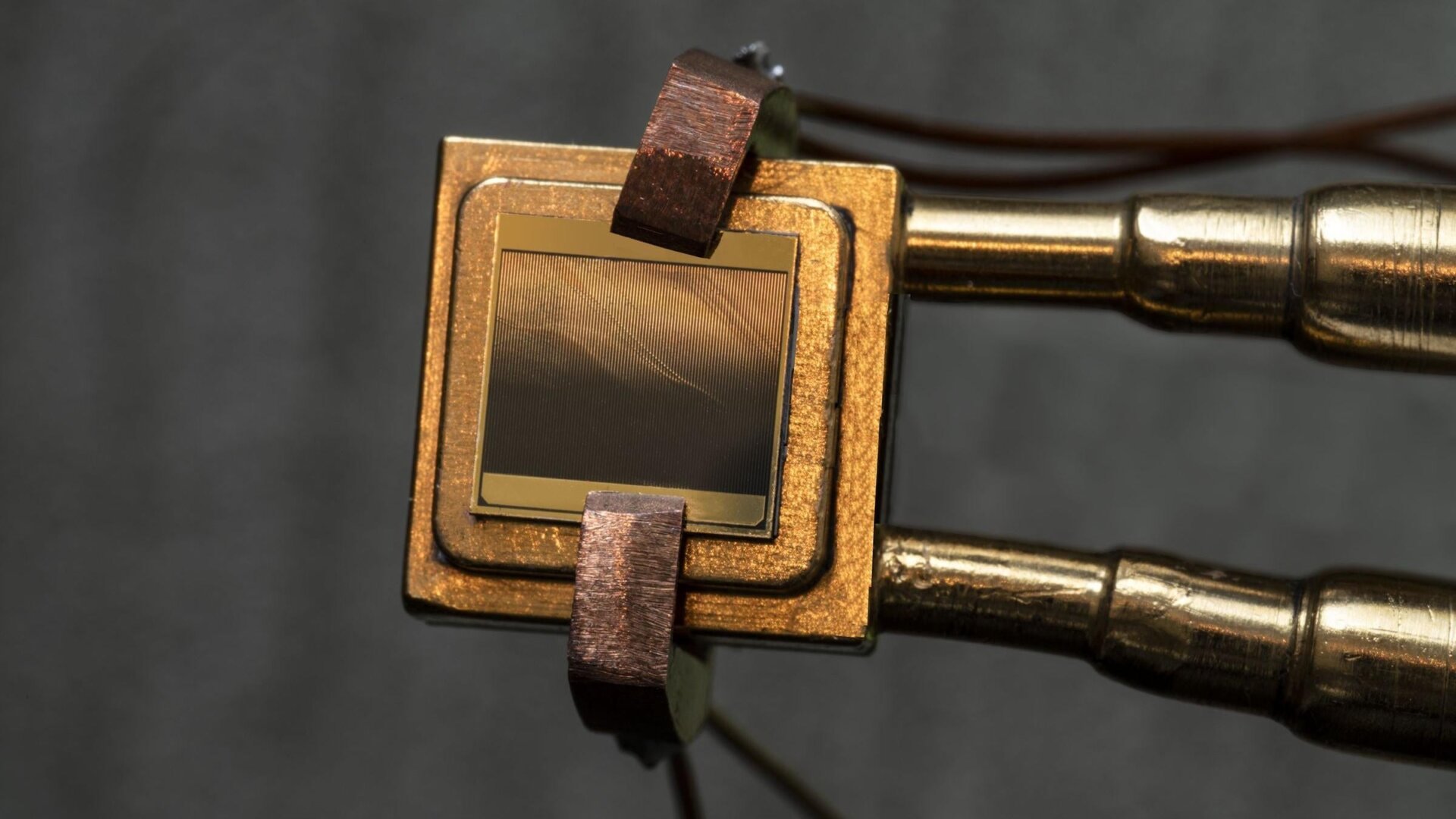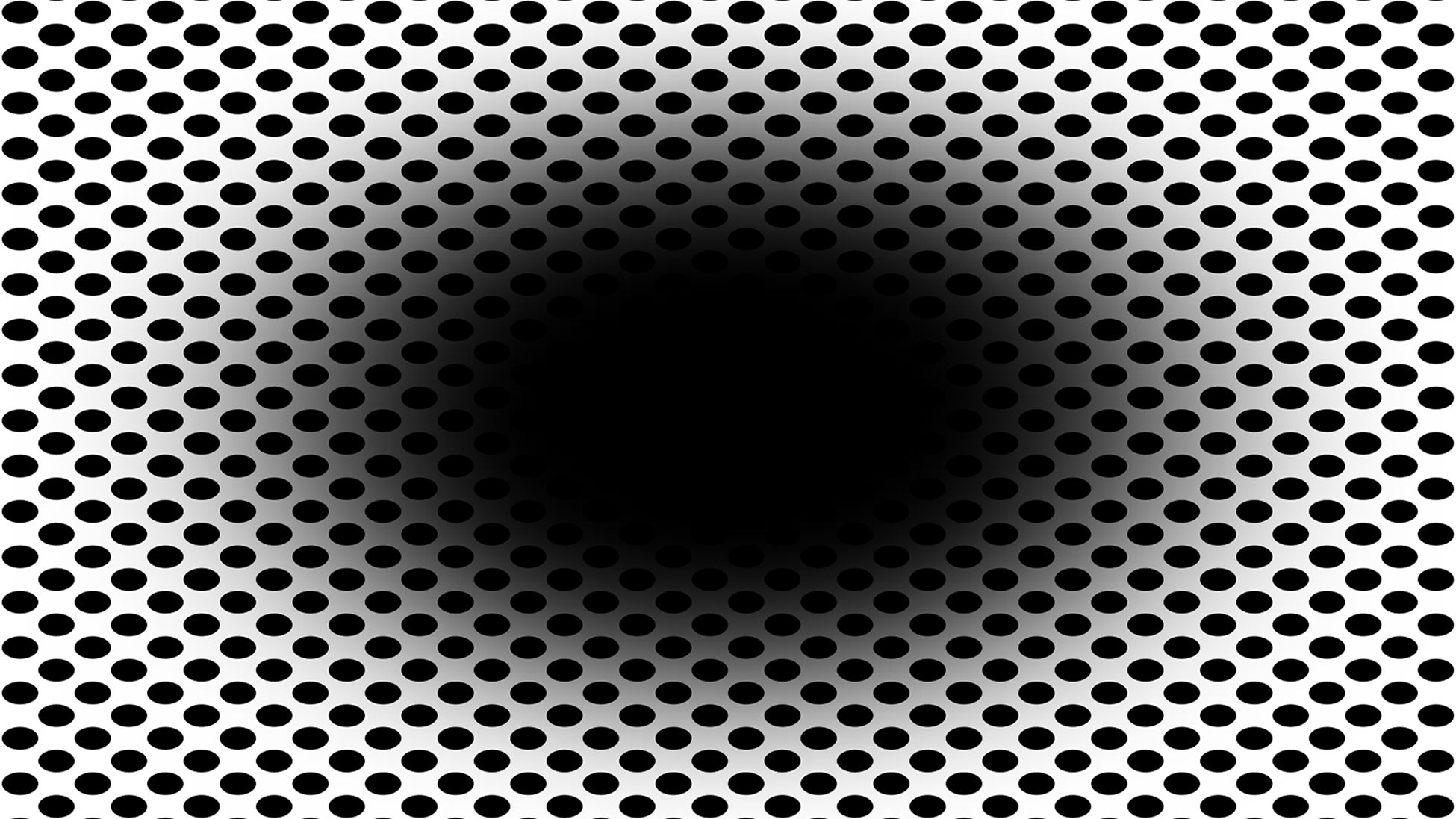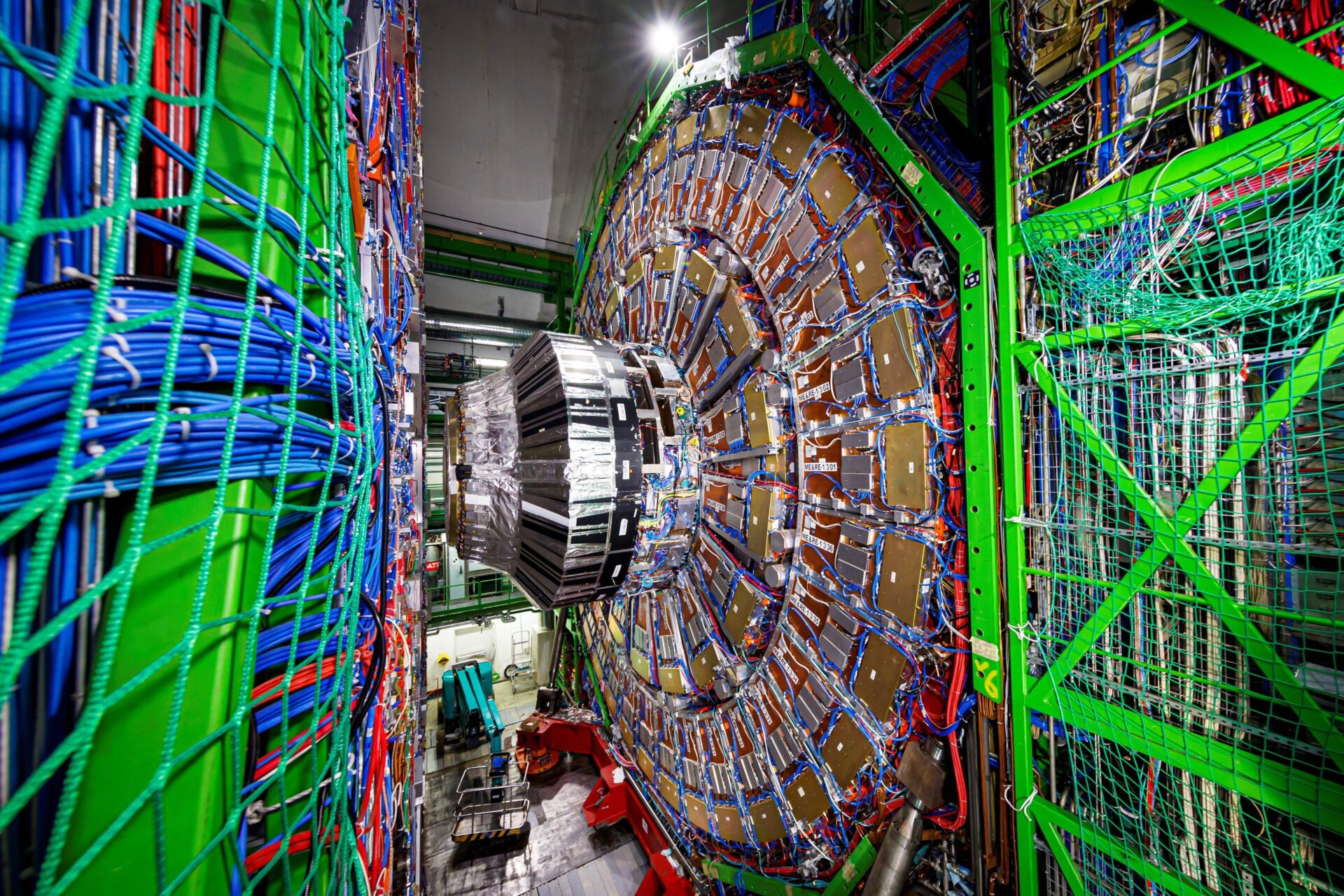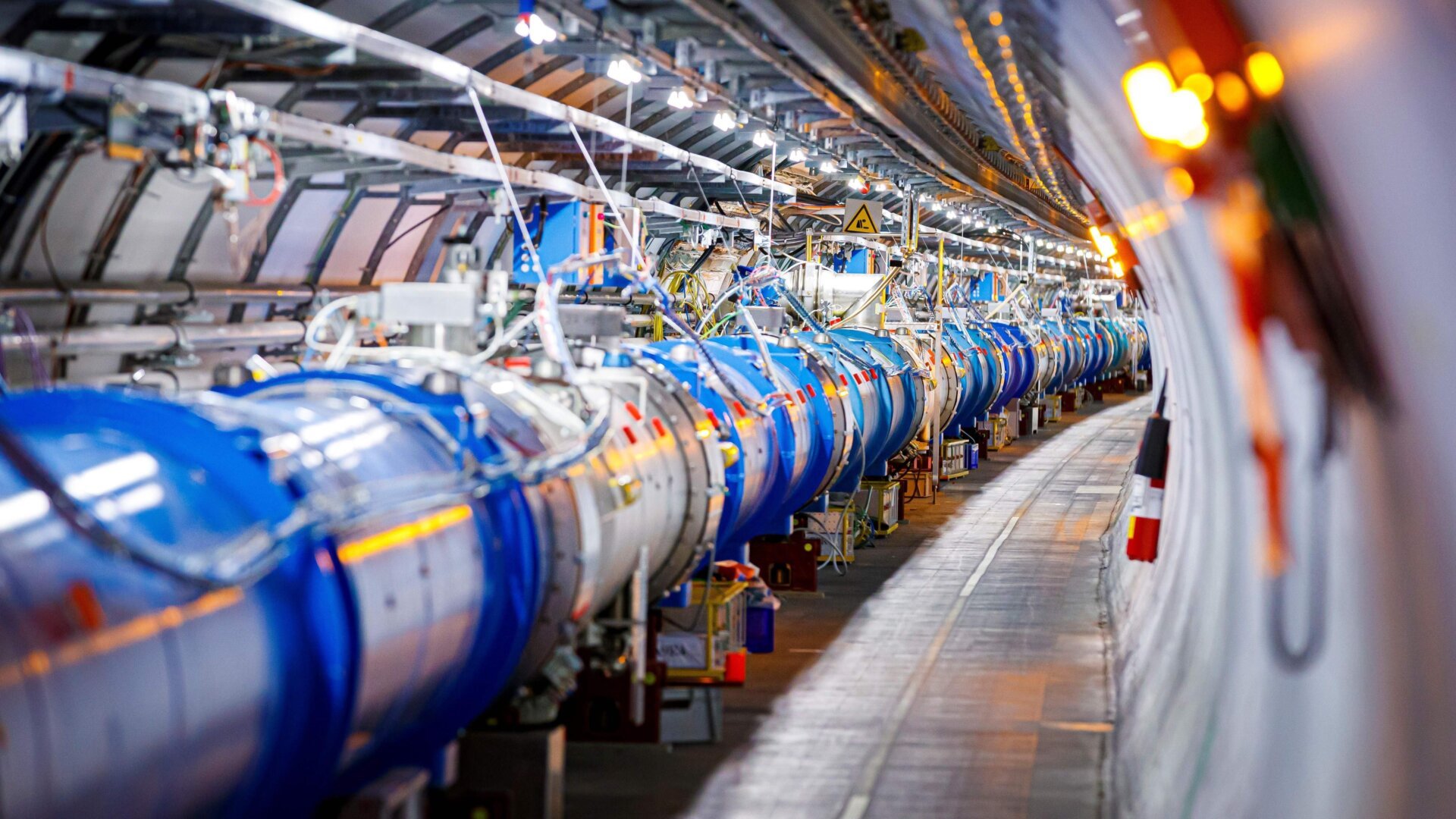A collaborative effort involving hundreds of scientists has yielded a remarkably precise measurement of the W boson mass, a fundamental particle governing the weak nuclear force. Surprisingly, the measured mass significantly exceeds predictions from the Standard Model of particle physics, the prevailing theory describing fundamental forces in the universe.
This groundbreaking finding is the culmination of a decade of meticulous experiments and calculations by 400 researchers across 54 institutions worldwide. The data was collected using the Collider Detector at Fermilab (CDF-II), a massive 4,500-ton detector at the Tevatron accelerator near Chicago.
The CDF Collaboration determined the W boson mass to be 80,433 ± 9 MeV/c², approximately twice as precise as the previous measurement. This places the W boson at roughly 80 times the mass of a proton. The team’s findings are published in Science.
“It was a classic scientific discovery,” explained David Toback, a physicist at Texas A&M University and spokesperson for the CDF Collaboration. “We saw the number, and it was unexpected. A quiet sense of surprise rippled through the team. We weren’t sure what to make of it.” Ashutosh Kotwal, a physicist at Duke University and CDF collaborator, echoed this sentiment, describing the result as a “wonderful shock.”
Implications for the Standard Model
The W boson mediates the weak nuclear force, a fundamental interaction responsible for radioactive decay and nuclear fusion in stars. While this unexpected mass doesn’t invalidate our understanding of processes like nuclear fusion, it does highlight gaps in our knowledge about fundamental particles and their interactions.
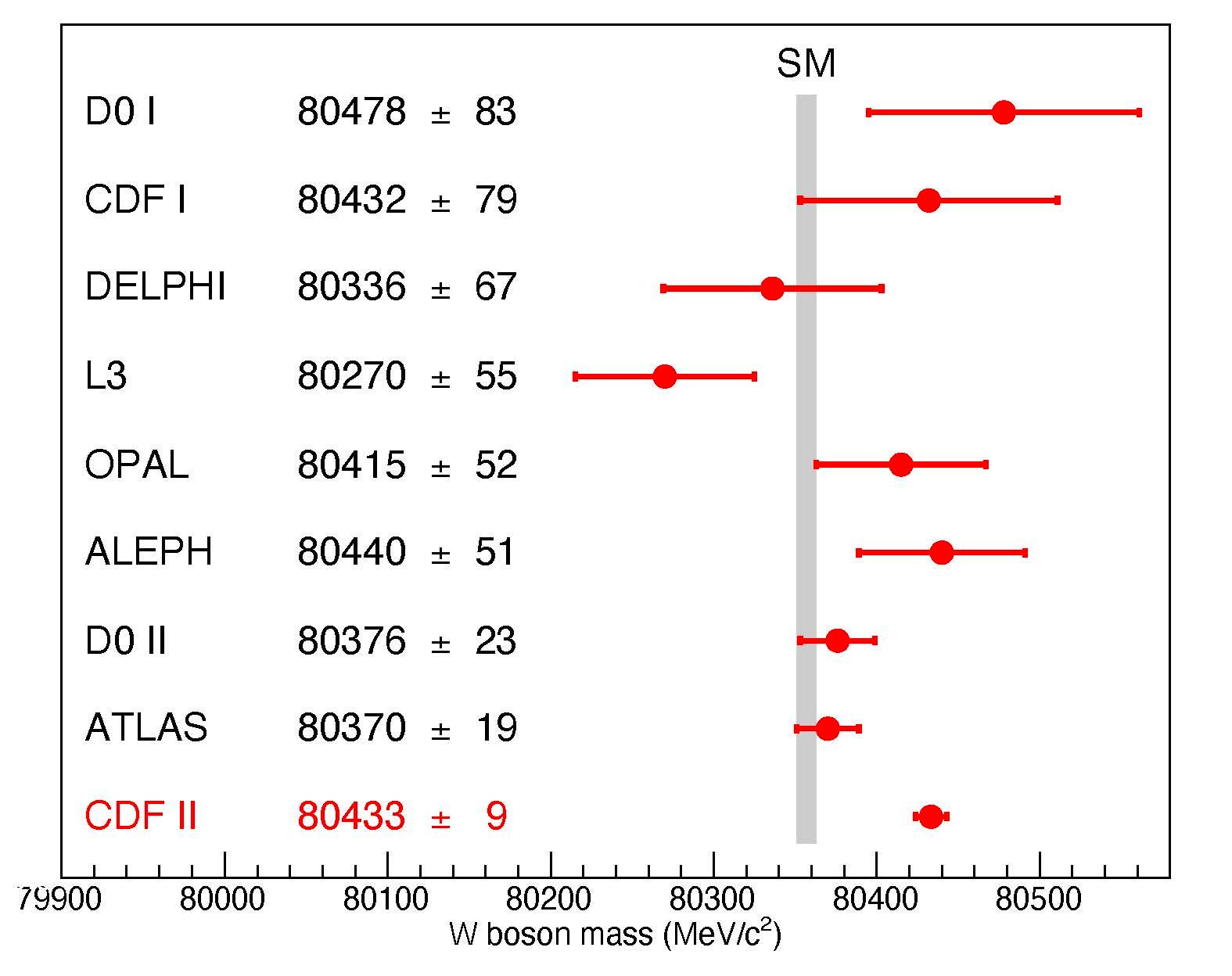 A graph illustrating the recent result (bottom) with earlier W boson mass estimates. The red bars indicate uncertainty.
A graph illustrating the recent result (bottom) with earlier W boson mass estimates. The red bars indicate uncertainty.
“The Standard Model is our best current model for particle physics, and it’s incredibly successful. But we know it’s incomplete,” Toback stated. “As experimentalists, we’re constantly searching for discrepancies between predictions and observations – clues that might lead us to a more complete theory.”
The Standard Model provides a predicted value for the W boson mass. The team aimed to test this prediction by analyzing 4 million W boson candidates produced from proton-antiproton collisions at Fermilab. Their result surpassed the Standard Model prediction by a significant seven standard deviations. Kotwal, who has contributed to five increasingly precise W boson mass measurements over the past 28 years, emphasized the statistical significance of this discrepancy, stating the odds of it being a fluke are less than one in a billion.
Refining Our Understanding of the Universe
Toback likened the measurement precision to determining the weight of an 800-pound gorilla to within an ounce. To eliminate bias, the researchers employed a blinded analysis, ensuring calculations remained unaffected by expectations.
This remarkably precise measurement, deviating significantly from previous estimates, presents physicists with the challenge of identifying what the Standard Model overlooks. This isn’t the first time subatomic physics has defied expectations. Last year, the Muon g-2 Collaboration uncovered further evidence that the muon’s properties might not align with the Standard Model. Furthermore, the model doesn’t account for two crucial aspects of our universe: gravity and dark matter.
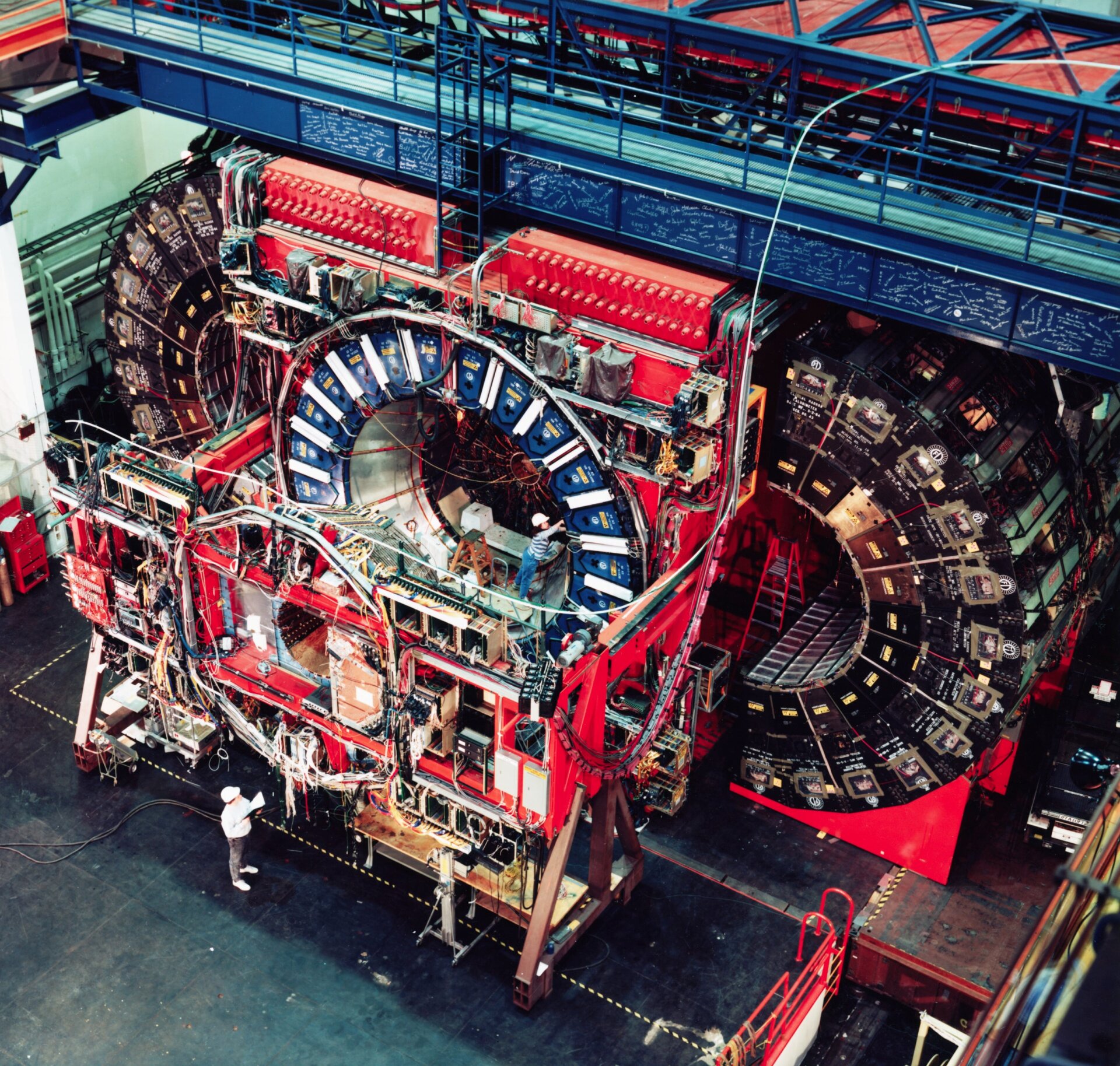 Fermilab’s Collider Detector is 4 stories tall and 4,500 tons.
Fermilab’s Collider Detector is 4 stories tall and 4,500 tons.
Future Directions
“To uncover a more fundamental theory, we must identify phenomena that the Standard Model cannot explain – instances where its approximations break down,” explained Claudio Campagnari, a physicist at the University of California, Santa Barbara, who was not involved in the study.
Ongoing experiments, including those at the Large Hadron Collider (LHC), aim to explore the implications of this new W boson mass measurement. Results are anticipated from ATLAS and the Compact Muon Solenoid (CMS), the LHC detectors responsible for discovering the Higgs boson. The High-Luminosity LHC upgrade, scheduled for completion in 2027, will further enhance the potential for discovering new particles.
A Two-Pronged Approach
Physicists are pursuing a two-pronged approach to testing the Standard Model: refining measurements of known particles like the W boson and searching for new particles. This search often involves “bump hunting” – sifting through the subatomic debris of collisions to identify unexpected creations.
While the Tevatron ceased operations in 2011, this result signifies a remarkable legacy for the instrument and a significant advancement in particle physics.
Conclusion
The new W boson mass measurement presents a compelling challenge to the Standard Model of particle physics. This discrepancy highlights the need for a more comprehensive theory that can accurately describe the fundamental building blocks of our universe and their interactions. Future experiments and analyses will play a crucial role in unraveling these mysteries and refining our understanding of the cosmos.



